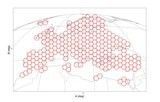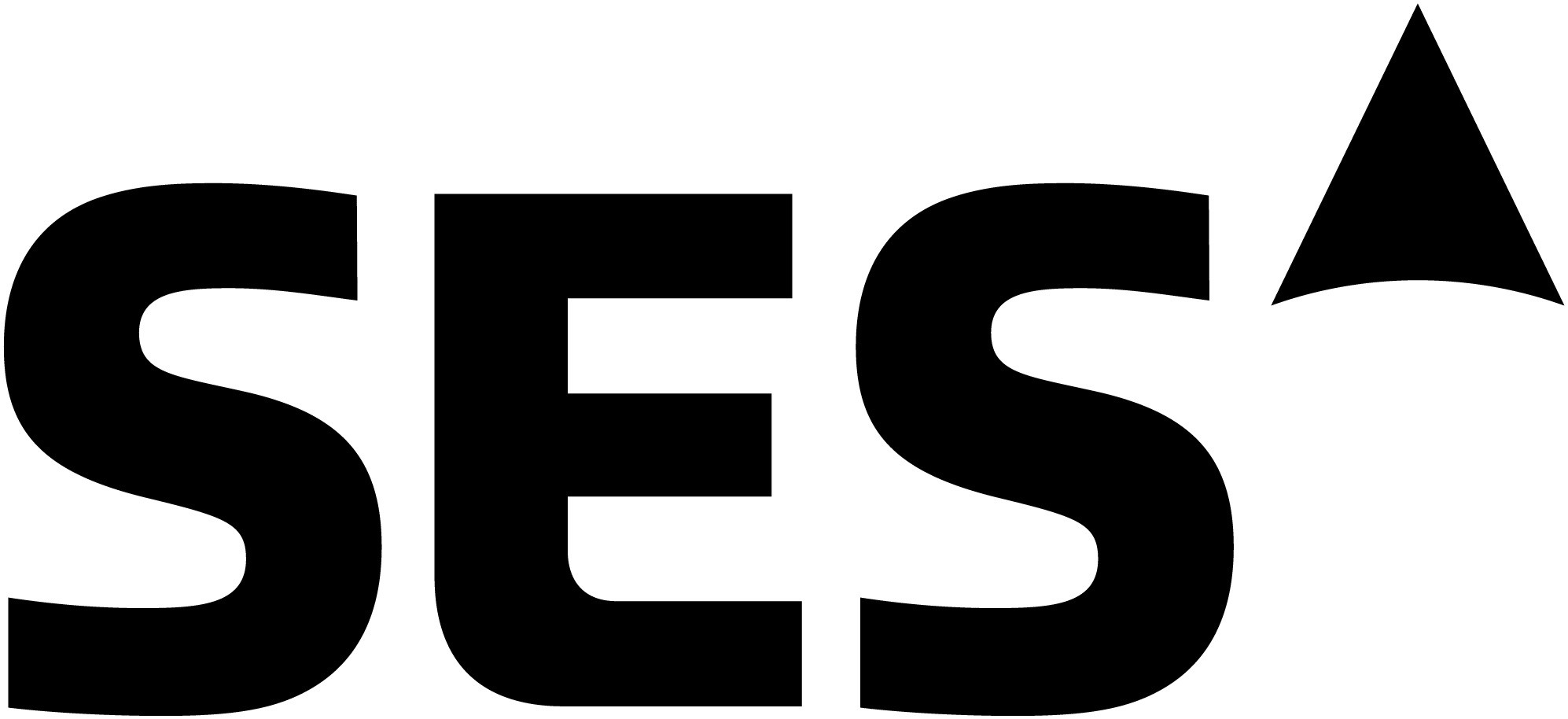
-
StatusCompleted
-
Status date2012-12-06
-
Activity Code1B.058
Based on system, technologies and techniques analysis and trade-offs, the study aims at identifying and assessing the introduction of disruptive technologies in the space segment of SatComs addressing internet broadband access services within the 2020 time horizon.
This is in line with the ambitious European digital agenda policy which has underlined the importance of broadband deployment to promote social inclusion and competitiveness in the EU. It restated the objective to bring basic broadband to all Europeans by 2013 and seeks to ensure that, by 2020:
- All Europeans have access to much higher internet speeds of above 30 Mbps.
- And 50% or more of European households subscribe to internet connections above 100 Mbps.
Hence, the general challenge for satellite broadband offering is to meet user demand for a significant higher throughput than what is offered today while achieving a dramatic reduction of capacity unit costs.
The study will result in a preliminary system design and roadmap for the introduction of the proposed technology together with the expected technology impact on future satellite broadband access systems performances and cost.
- The identification of a large amount of spectrum featuring a good balance between existing regulatory constraints and the technological cost.
- The design of high-gain antenna system allowing a high number of beams while mitigating interferences.
- The design of repeaters with a very high RF power, a high compactness, a high power efficiency and a tailored mass.
- The design of a platform complying with the targeted launch costs, while extending its payload DC power and mass capabilities to meet payload requirements.
- The optimization of the air interface design in terms of modem processing, frequency allocation and channelization.
The project will allow to identify a set of enabling and disruptive techniques and technologies, which shall be made available by 2020. Each critical technique or technology will be characterized by a list of potential sources of procurement, their TRL improvement requirement, the logic and the schedule of the development and the associated budget. Thus the main benefit lies in the early definition of a roadmap for these techniques and technologies so as to strengthen the competitiveness of the ESA MS satellite industry.
The project tackles a two-way broadband satcom system with a conventional multi-star topology between a set of gateways connected to a terrestrial backbone network and a set of satellite terminals, to which the end-users are connected.
Two reference mission scenarios for the space segment have been identified:
- A small/medium satellite scenario, compatible of future small launchers, addressing a subset of the European coverage.
- A large satellite scenario, compatible of future large launchers, and addressing the EU-27 European coverage.
The foreseen frequency bands are the Ka and Q/V bands, the objective being to select the bands that balance the need for a large amount of spectrum to meet the very high capacity objectives, both on feeder and user links, while keeping the cost of space and ground segments as low as possible. The space segment design will be based on advanced, possibly disruptive technologies at payload and platform levels.
Communications will rely on the foreseen evolutions of current air interfaces, whereas extra processing capabilities at transmit and receive sections will be envisaged so as to mitigate the intra-system interferences.
- Define the reference mission requirements based on the most recently launched space segments, as well as a reference metric to assess the improvement in terms of capacity and cost.
- Trade off the key enabling technologies at system, payload and platform levels so as to propose a baseline space segment architecture for both mission scenarios (small/medium and large satellites).
- Perform a detailed design of the baseline space segment architectures, with associated cost and system performance assessment.
- Define a roadmap for the development, validation and operational introduction of the key enabling technologies.
In the course of the study two space segment designs have been proposed. Both designs take benefit of Q/V band for the feeder link, while Ka band is considered for the user link.
The TERASAT satellite for the small/medium satellite scenario provides a coverage made of 45 user spots of 0.18° over France (see below). All the gateways are located in the coverage. The satellite is based on a Spacebus derived platform and complies with a Ariane 5 launcher as dual launch. One satellite of this type allows the total capacity (including the forward and the return links) to exceed 100 Gbps.
Figure 1: TERASAT small/medium satellite coverage
As for the large satellite scenario, the coverage is composed of 240 user spots of 0.26° over EU27 plus Turkey and parts of North Africa (see below). All the gateways are located in the coverage. The satellite is based on a modified Alphabus design and complies with a Ariane 5 launcher as single launch. The corresponding total capacity reaches the range 600-700 Gbps for one satellite.
Figure 2: TERASAT large satellite coverage
Thus our study shows that the system capacity could be increased by 8 – 11 with respect to the current generation of high throughput satellite systems. It shall also be noted that the capacity density (expressed as the Gbps / km2) typically increases by 10. Finally our design leads to a very mass-efficient payload since the Capacity / Payload mass ratio is increased by 4 – 5.
In order to make these expected improvements become a reality, some key technologies at space segment level shall be developed in the forthcoming years. Accordingly a programmatic and technological roadmap has been proposed for both scenarios in order to reach an in-orbit acceptance in 2020.







